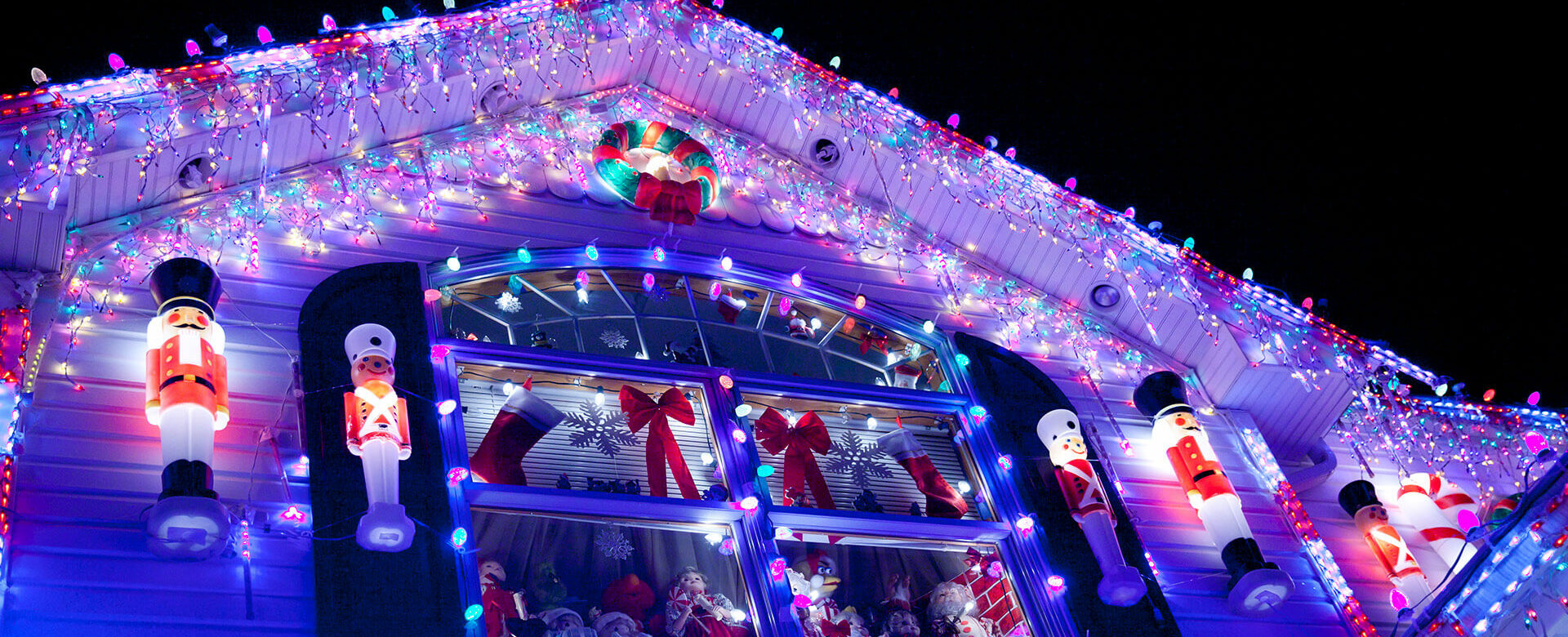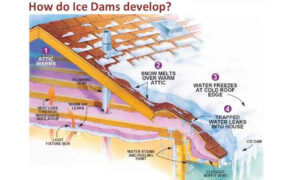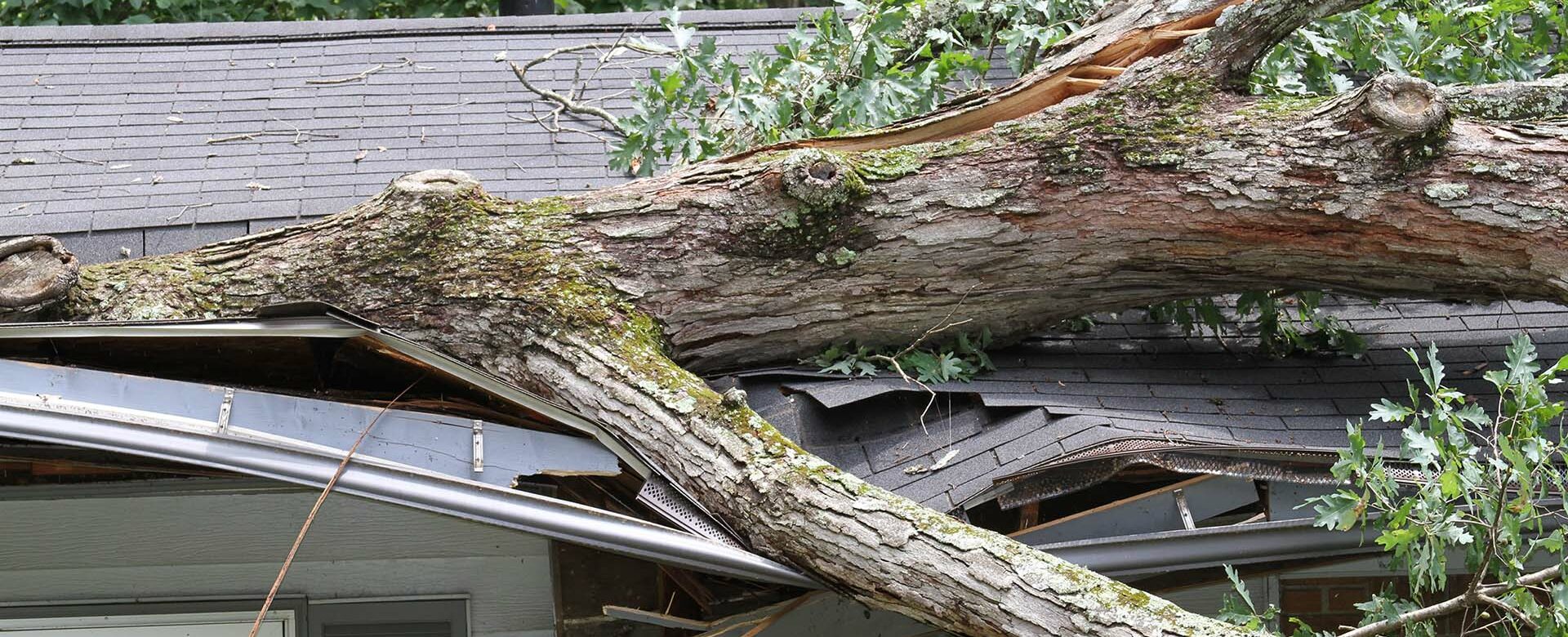Fall is upon us, but in Hampton Roads that means nearly every season is upon us.
If you’ve lived in the Tidewater Region as long as we have, you know that during autumn, you might have fall, winter, spring and summer weather within the span of a week – sometimes even a day!
As a company serving southeast Virginia for decades, we know firsthand how weather patterns can influence the health of your roof. Our region’s unique climate — with its hot, humid summers, unpredictable storms, and occasional cold snaps — takes a toll on roofs in ways that homeowners may not realize. Here, we’ll break down the types of weather we experience and how each can affect your roof, helping you stay ahead of potential issues.
Hot and Humid Summers
Southeastern Virginia summers are known for their high temperatures and humidity levels. These conditions can have several effects on your roof:
- Thermal Expansion and Contraction: Prolonged exposure to high heat causes roofing materials to expand. When temperatures drop at night, they contract. Over time, this constant movement can cause shingles to crack or warp, particularly on older roofs.
- Moisture Build-up: Humidity doesn’t just make the air feel thick — it also increases moisture levels in your roofing materials. If your attic ventilation isn’t adequate, this moisture can get trapped, leading to mold growth, rot, or weakening of the roof’s structure.
- UV Rays: The sun’s ultraviolet (UV) rays can weaken the oils in asphalt shingles, making them brittle and more prone to cracking and breaking, particularly on older roofing materials made before UV protectant features were incorporated into modern products.
Heavy Rainfall and Thunderstorms
The Mid Atlantic sees frequent, and often unpredictable thunderstorms, especially during the warmer months. While the rain itself might seem harmless, it can cause significant damage over time:
- Water Leaks: Even the smallest crack or hole in your roof can let water in, leading to leaks that damage insulation, ceilings, and walls. Regular inspections, both inside and outside of your home, are key to catching these issues early.
- Gutter Clogs: Heavy rainfall, combined with the leaves and debris that gather in gutters, can lead to clogs. If water can’t flow freely off your roof, it can pool and eventually seep under shingles, leading to water damage and wood rot.
- Wind Damage: Strong winds can lift shingles and flashing, loosen nails, or even tear off parts of your roof. This makes your roof vulnerable to water intrusion and further damage.
Hurricane Season
Hampton Roads is no stranger to tropical storms and hurricanes. The high winds, torrential rains, and flying debris from these storms can wreak havoc on roofs:
- Shingle Loss: Winds from hurricanes and tropical storms can reach speeds that rip shingles right off your roof, especially if they are older, damaged or installed incorrectly. This creates openings for water to enter your home, leading to leaks and potential structural damage.
- Falling Debris: Hurricanes and strong storms often bring down tree branches and other debris. If a large enough object hits your roof, it can cause punctures or even collapse parts of the roof structure.
- Roof Uplift: Extremely high winds can cause roof uplift, where the wind pressure beneath the eaves or overhangs lifts the entire roof system off your home. While unlikely, it’s not impossible, and with the increase in tornadic activity in our region, it’s becoming more and more of a concern.
Winter Weather and Freezing Temperatures
While we might not experience harsh winter conditions like regions to our north, freezing temperatures and occasional snow can still affect your roof, especially when you’re not prepared for it or are unaware of the potential issues:
- Ice dams: Ice dams form when snow on your roof melts, runs down to the edge, and refreezes. This buildup can block proper drainage, forcing water under your shingles and into your home. Proper attic insulation and ventilation help reduce the risk of ice dams.
- Freeze-Thaw Cycles: Like the heat of summer, cold weather causes roofing materials to contract. Repeated cycles of freezing and thawing can worsen cracks in shingles, leading to water infiltration.
- Snow Load: While we don’t get heavy snow frequently, when we do, the added weight can stress the structural integrity of your roof. It’s always a good idea to clear excess snow if possible. Especially after one of those once-every-twenty-years storms.
Salt Air and Coastal Conditions
Particularly for those homeowners in Virginia Beach near the Atlantic Ocean, or even in Norfolk, Hampton or Newport News along the brackish waters of the Chesapeake Bay – the salt in the air is an often-overlooked factor that can affect your roof’s longevity:
- Corrosion: Metal components of your roof, such as flashing or fasteners, are susceptible to corrosion from salt exposure. Over time, this can weaken the overall structure, leading to costly repairs if left unchecked.
- Accelerated Aging: The combination of moisture, salt, and wind can accelerate the aging process of your roof materials, making regular maintenance even more essential.
Hampton Roads Can Rely on Andrews Roofing
We understand the unique challenges that southeastern Virginia weather poses for our neighbors. Our team is here to ensure your roof can withstand whatever nature throws at it, and that you get the most out of your roofing investment. We offer professional consultations to assess the health of your roof and recommend solutions that fit your needs and budget.
And for all new roofs, we use the highest quality materials that hold up to the weather and wind conditions of our region. Our installation is always done by licensed and insured professionals exactly according to manufacturer specifications, so your warranty is safe for its entire lifespan.
If you’re concerned about how the weather this fall may affect your roof, contact Andrews Roofing today. We’re proud to serve our community with high-quality, customer-focused service.






